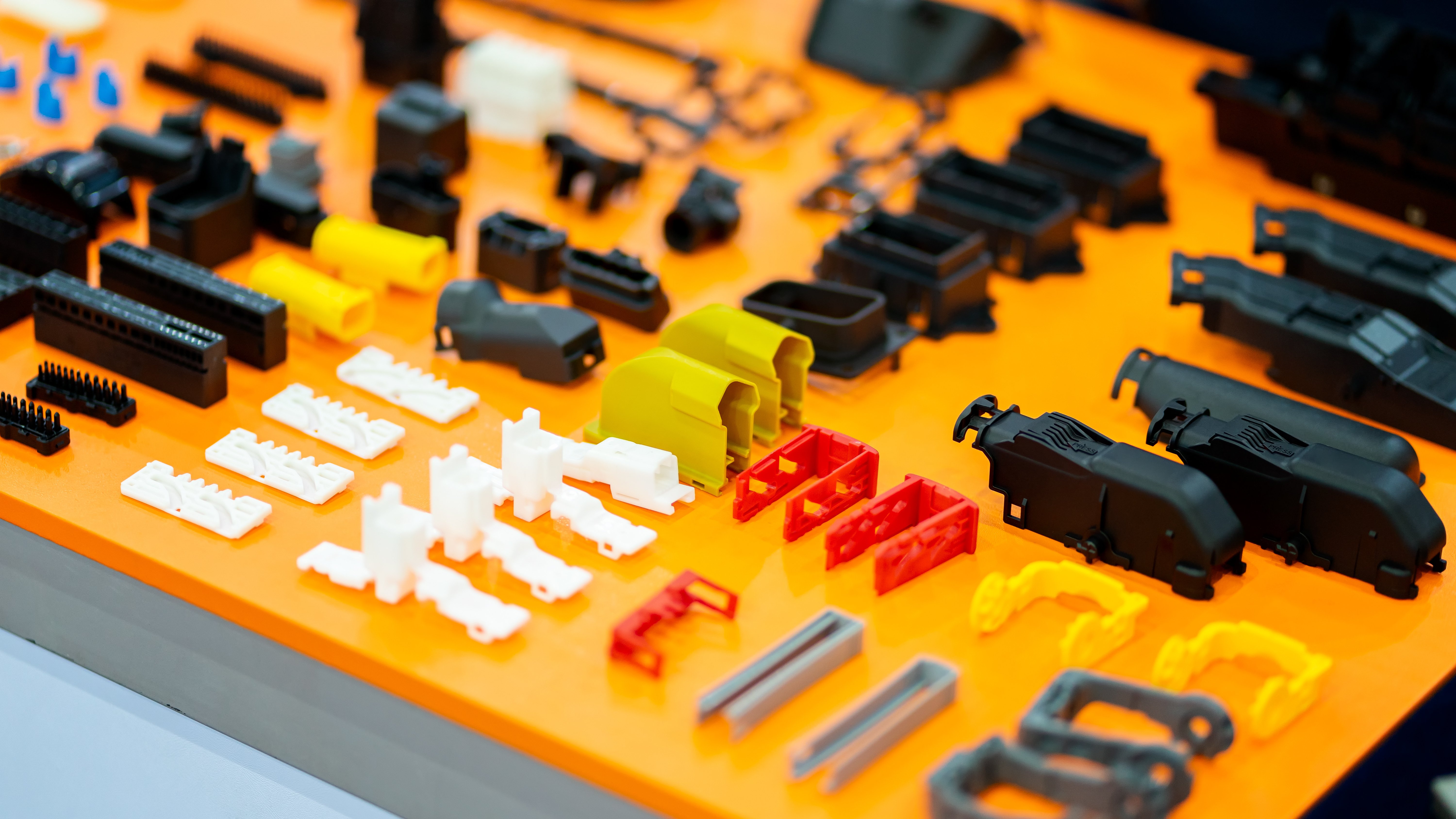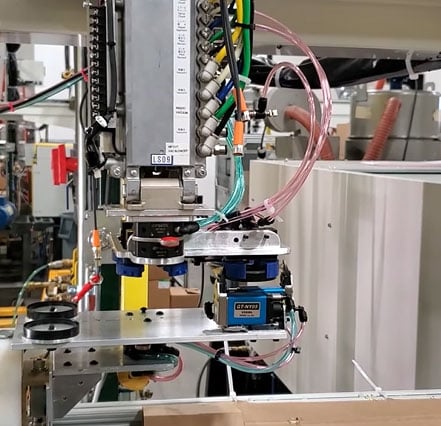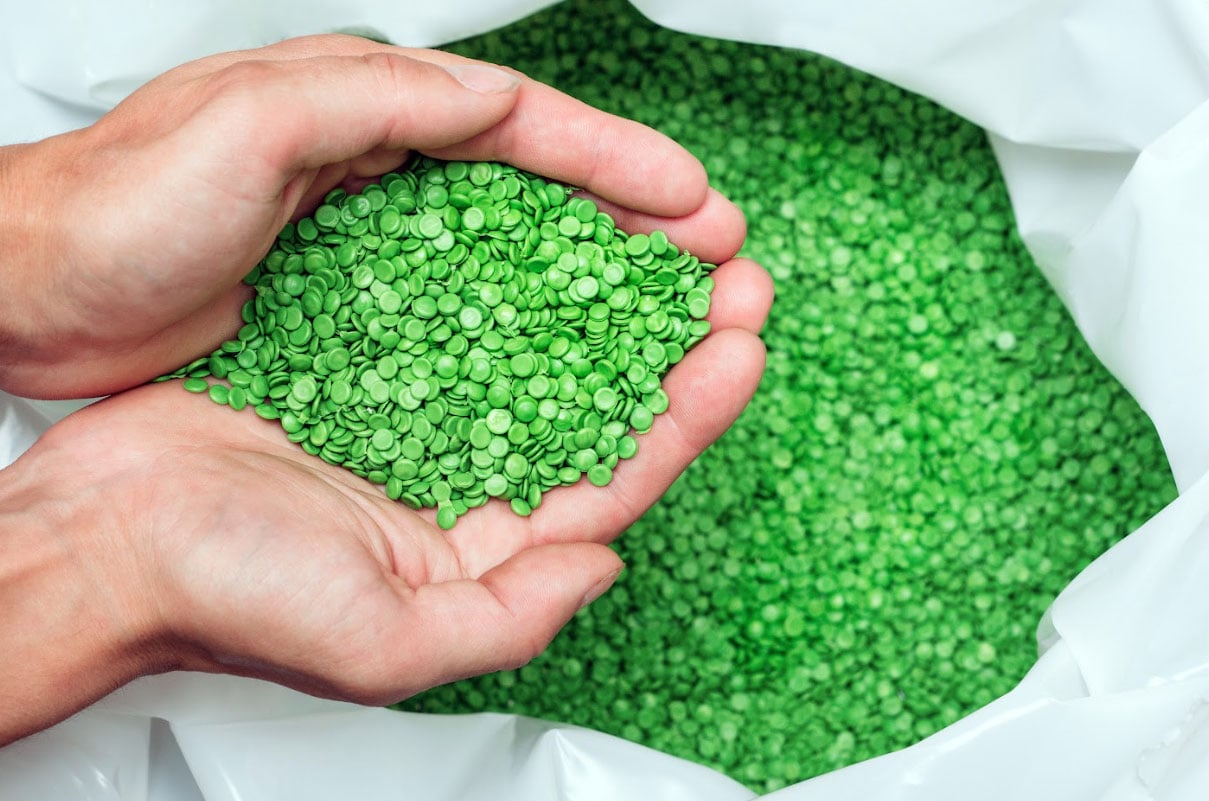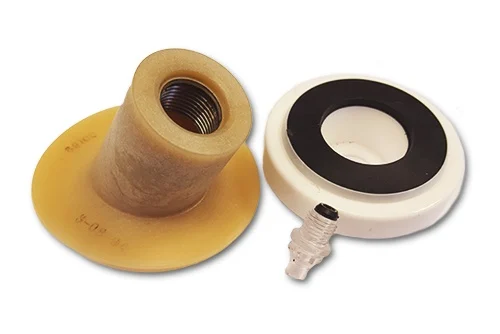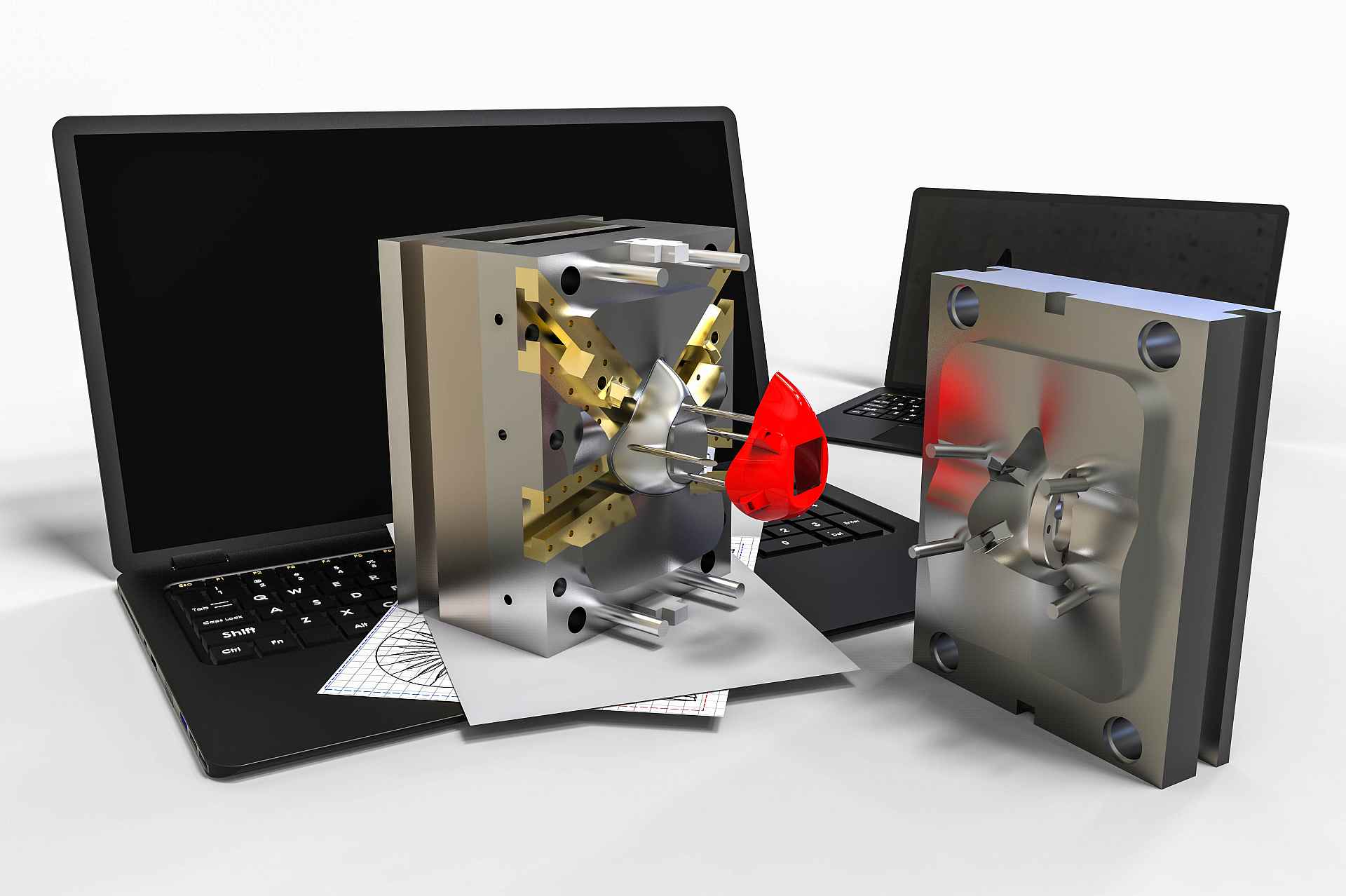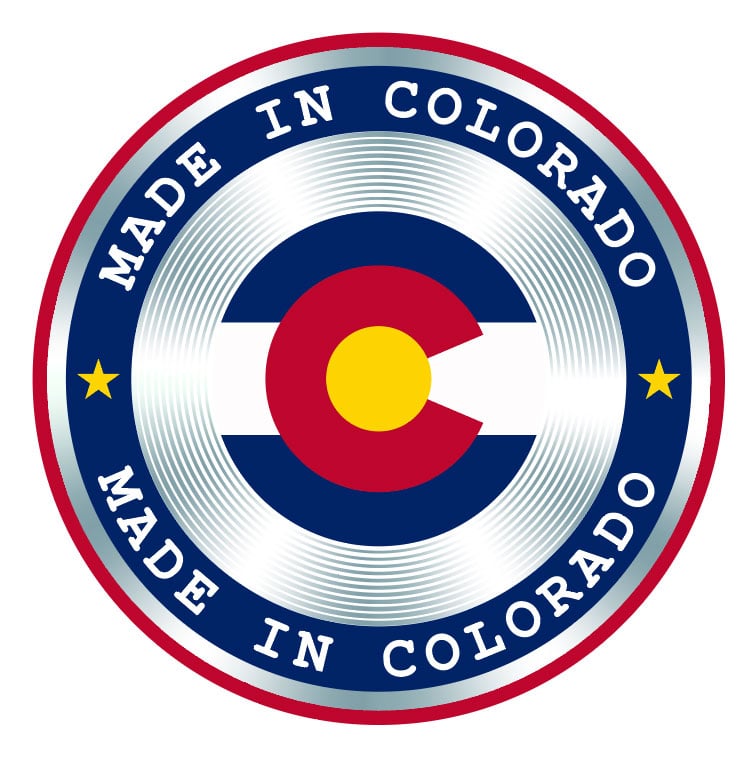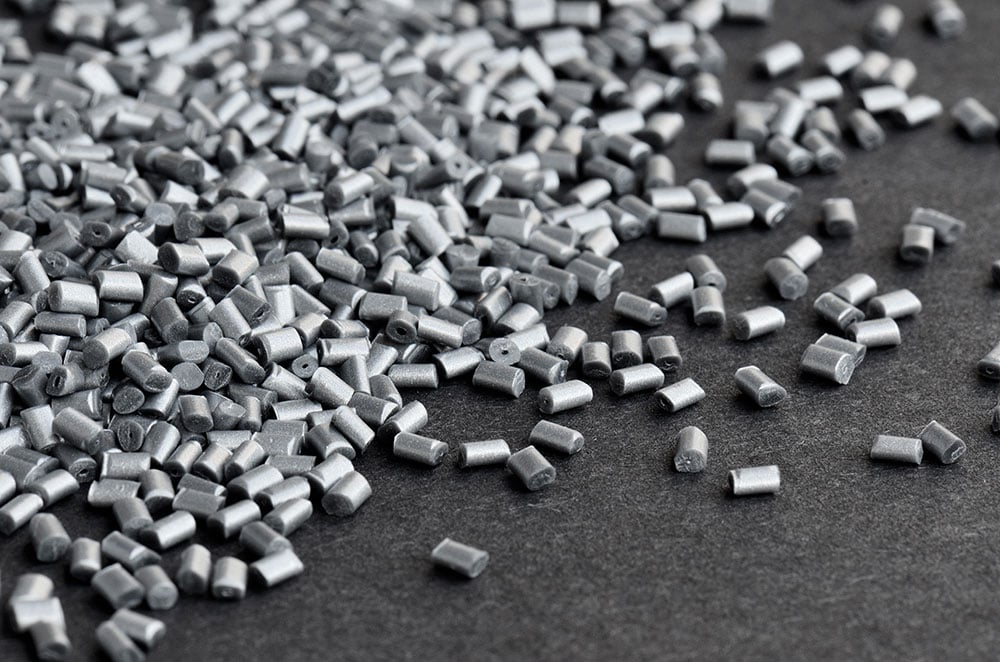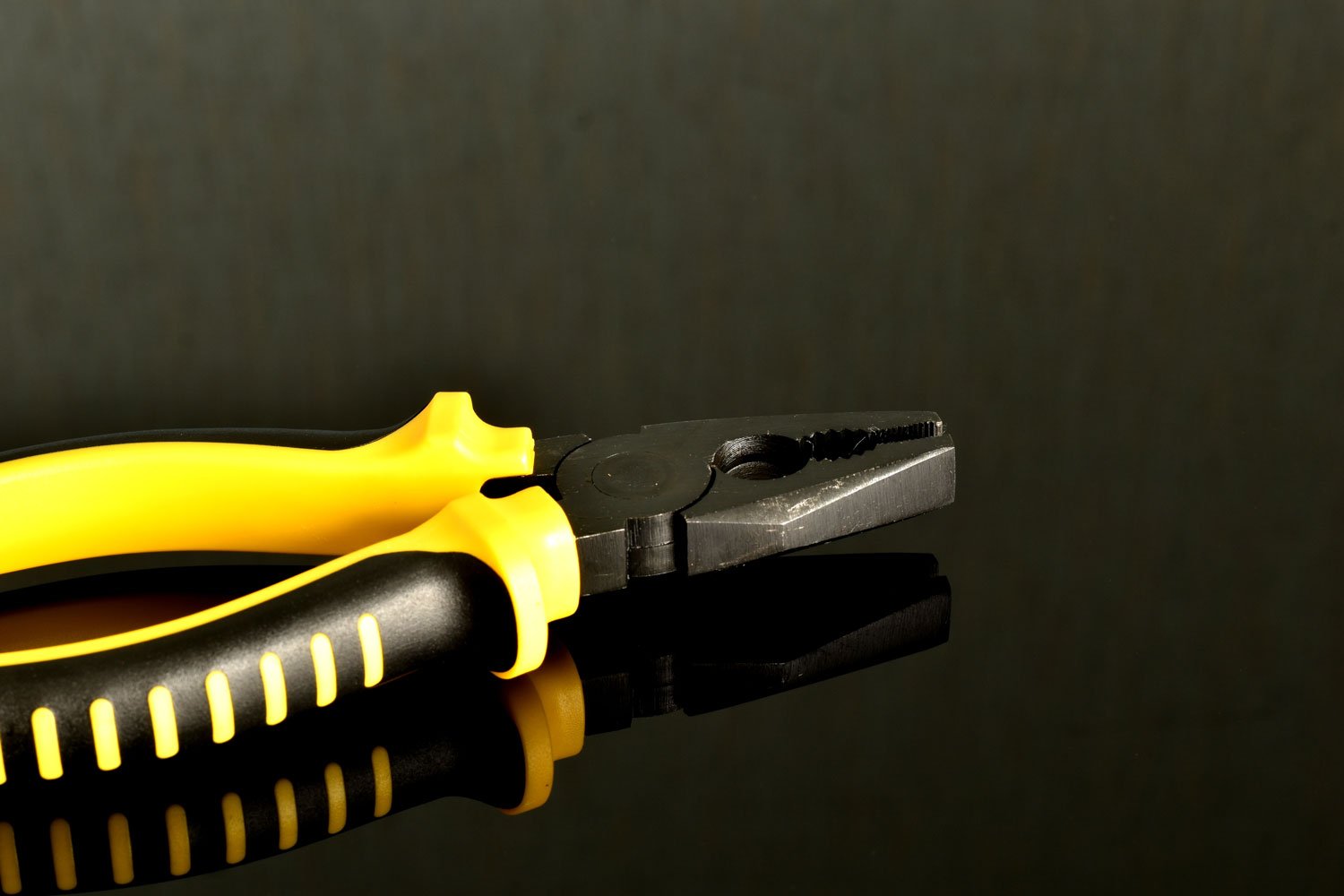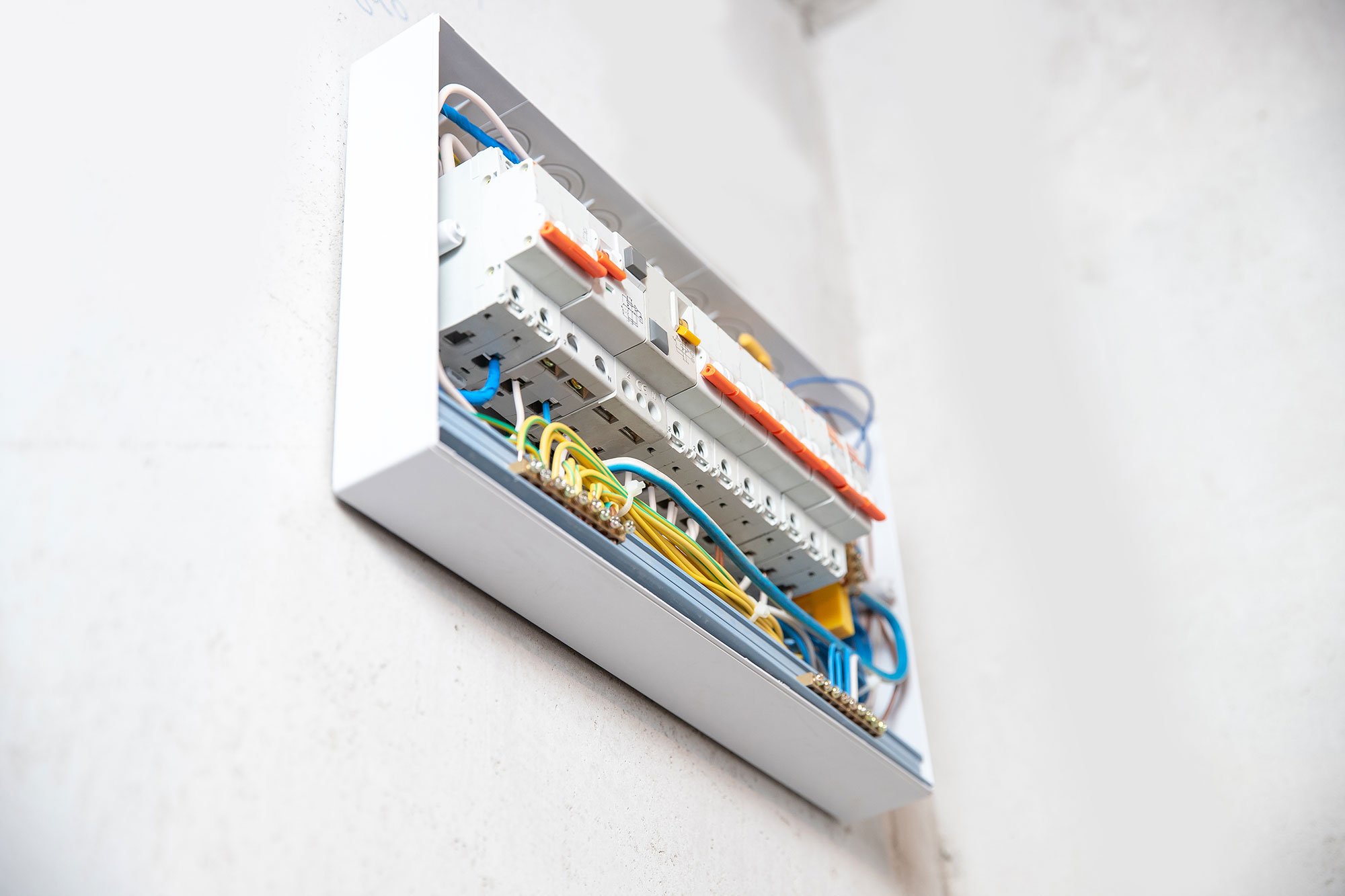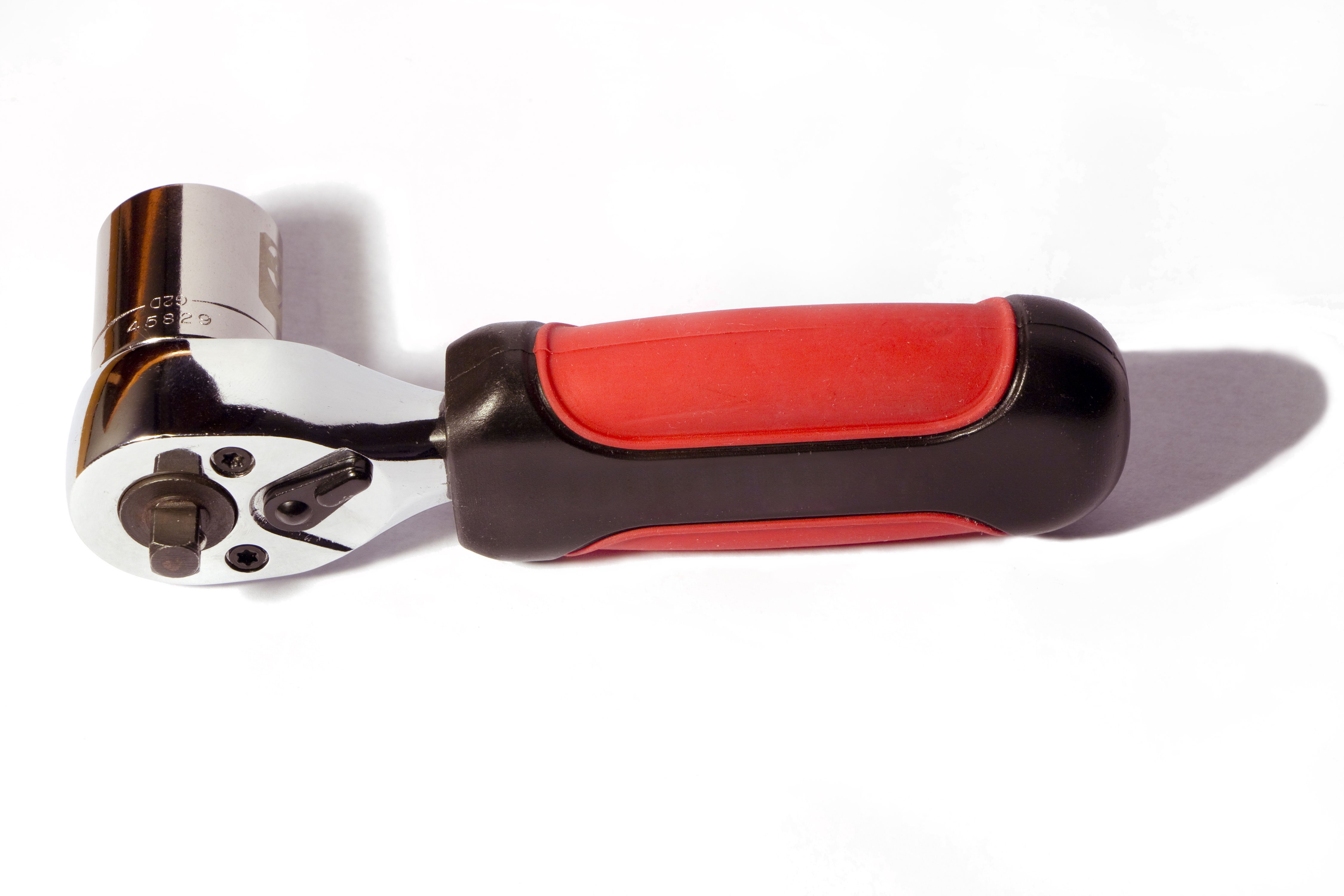Maintaining precision and repeatability is crucial to any custom injection molding project, especially when it comes to small parts with potentially complex designs. With small part injection molding, even the tiniest variance in a dimension outside of a tolerance range can ruin a whole run of products.
Mastering Small Part Injection Molding for High-Quality Components
Posted: May 2, 2024 by
Jon Gelston
Tags:
Plastic Injection Molding Defects,
Plastic Types,
Quality,
Texture,
Choosing the right plastic injection molder
Overcoming the Common Challenges in Custom Plastic Overmolding
Posted: April 18, 2024 by
Jon Gelston
Tags:
Plastic Injection Molding Defects,
Plastic Types,
Quality,
Texture,
Choosing the right plastic injection molder
Plastic overmolding is a complex manufacturing process that involves multiple steps of injecting two different materials into a single final, molded part. As you can imagine, adding additional steps and materials into the injection molding process comes with some unique complications and challenges.
Optimizing Plastic Overmolding Services to Be More Eco-Friendly
Posted: April 4, 2024 by
Jon Gelston
Tags:
Plastic Injection Molding Defects,
Plastic Types,
Quality,
Texture,
Choosing the right plastic injection molder
The overmolding process is indispensable for a myriad of today’s plastic products. Essentially, overmolding services allow us to combine multiple materials into a single complex design. And despite the inherent carbon footprint created by custom plastics manufacturing, overmolding can actually be the more efficient process compared to the alternative of producing and assembling multiple separate components.
Plastic Overmolding vs. Conventional Injection Molding
Posted: March 22, 2024 by
Jon Gelston
Tags:
Plastic Injection Molding Defects,
Plastic Types,
Quality,
Texture,
Choosing the right plastic injection molder
Conventional injection molding and overmolding are both crucial processes in the realm of modern plastics manufacturing. The production processes are similar, but overmolding isn’t as simple as injecting one plastic material over top of another. It requires a specialized mold setup along with the unique procedure of placing the substrate (the initial injection molded part) precisely into an overmold cavity before injecting the second material.
Design Considerations for Small Part Injection Molding
Posted: March 7, 2024 by
Jon Gelston
Tags:
Plastic Injection Molding Defects,
Plastic Types,
Quality,
Texture,
Choosing the right plastic injection molder
Optimizing product design is crucial to the success of any custom injection molding project. However, when it comes to molding small parts and miniature components, there are some specific design considerations to keep in mind.
Part of the AIM Processing process is design for manufacturability (DFM) – taking your initial product designs and ensuring that no part features will pose an issue once the plastic meets the mold. By carefully considering all design features and tolerances alongside critical injection molding considerations like draft angle and material selection, we minimize manufacturing errors while ensuring a more efficient production process.
Let’s take a closer look at some of the critical design considerations you should make when it comes to small part injection molding.
AIM Processing's Influence on Denver's Manufacturing Industry
Posted: February 22, 2024 by
Jon Gelston
Tags:
Plastic Injection Molding Defects,
Plastic Types,
Quality,
Texture,
Choosing the right plastic injection molder
The Denver, Colorado region has been a western hub for manufacturing since the early days of the city, and particularly for plastic injection molding since the industry took off in the 1960s. AIM Processing came along in 1993, adding to the long history of quality and innovation that the “Made in Colorado” stamp stands for.
A Guide to Injection Molded Material Selection for Electronic Enclosures
Posted: February 8, 2024 by
Jon Gelston
Tags:
Plastic Injection Molding Defects,
Plastic Types,
Quality,
Texture,
Choosing the right plastic injection molder
Electronic enclosures come in many different shapes, sizes, and structural designs. Used in an extremely wide range of applications, enclosures are also expected to withstand many different operational environments and use cases. That means there’s no one-size-fits-all solution to choosing the best plastic for manufacturing a custom enclosure: the optimum material is highly dependent on the specific application.
An Overview and Comparison of Multi-Material Injection Molding Services
Posted: January 25, 2024 by
Jon Gelston
Tags:
Plastic Injection Molding Defects,
Plastic Types,
Quality,
Texture,
Choosing the right plastic injection molder
Multi-material injection molding has become increasingly popular across many different product applications, allowing us to create complex plastic products which take advantage of more than one material. For example, on handheld products, handles, and grips, we can use a much sturdier base material overmolded with a soft, ergonomic plastic to drastically improve comfort and the overall end user experience.
The Evolution of Custom Electronic Enclosures
Posted: January 15, 2024 by
Jon Gelston
Tags:
Plastic Injection Molding Defects,
Plastic Types,
Quality,
Texture,
Choosing the right plastic injection molder
The evolution of electronics enclosures in the plastic injection molding industry has been largely inspired by advancements in production technology and materials science. Moreover, the requirements for modern electronics devices have tended to grow increasingly complex: complicated designs, component miniaturization, and custom electronics integration have all become standard procedure for many devices.
A Deep Dive into Today’s Plastic Overmolding Applications: From Automotive to Electronics Products
Posted: December 7, 2023 by
Jon Gelston
Tags:
Plastic Injection Molding Defects,
Plastic Types,
Quality,
Texture,
Choosing the right plastic injection molder
Plastic overmolding is a unique injection molding process that we use to mold custom components over top of other molded parts. A specialized form of multi-shot injection molding, overmolding allows us to mold one plastic part design onto another – typically a stronger, more rigid plastic base, or internal metal components combined with overmolded plastics.
 SINCE 1993 MADE IN USA
SINCE 1993 MADE IN USA 